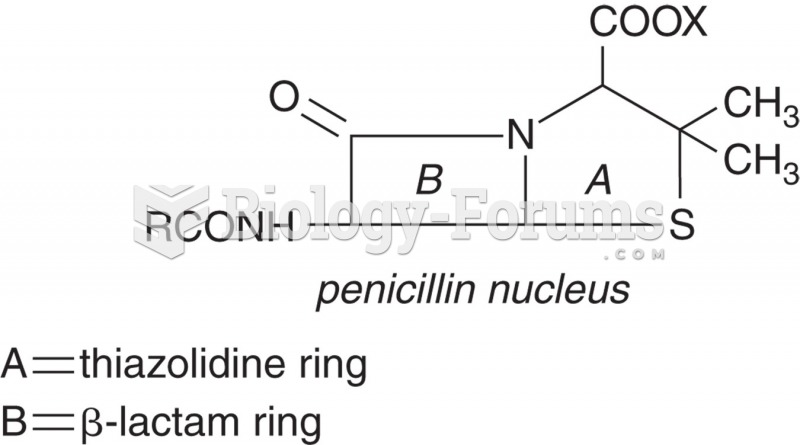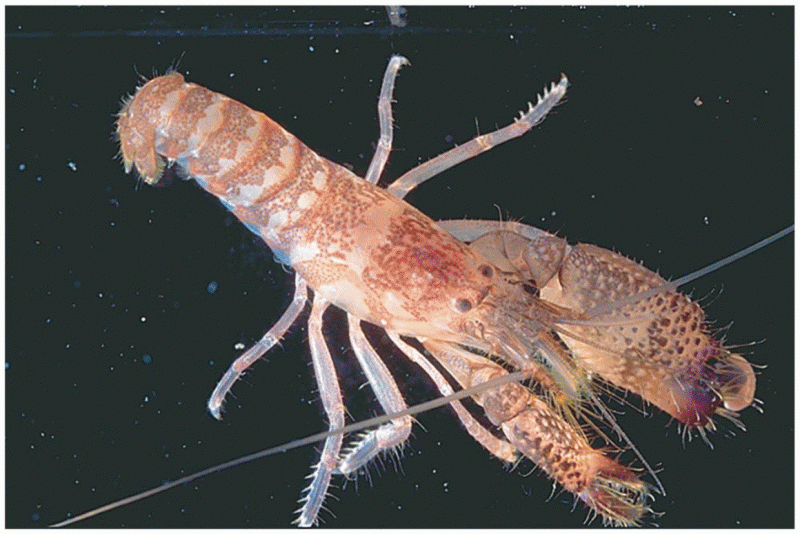This topic contains a solution. Click here to go to the answer
|
|
|
Did you know?
Atropine, along with scopolamine and hyoscyamine, is found in the Datura stramonium plant, which gives hallucinogenic effects and is also known as locoweed.
Did you know?
Computer programs are available that crosscheck a new drug's possible trade name with all other trade names currently available. These programs detect dangerous similarities between names and alert the manufacturer of the drug.
Did you know?
More than 4.4billion prescriptions were dispensed within the United States in 2016.
Did you know?
If all the neurons in the human body were lined up, they would stretch more than 600 miles.
Did you know?
If you could remove all of your skin, it would weigh up to 5 pounds.







